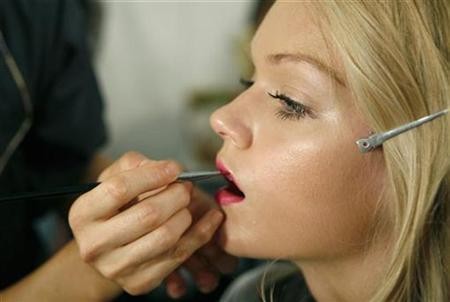Samples of cosmetic sticks dug from the Xiaohe Cemetery in Xinjiang Uygur autonomous region found that it was made from cow heart covered in pigment. The excavation was part of an archeological project of the University of Chinese Academy of Sciences.
The burial site, found in Xianjiang’s Tarim Basin, has over 160 tombs that belong to the Bronze Age. A team of archeologists from Sweden discovered the cemetery in the 1930s, but it was only excavated in 2002.
The interior structure and constituent proteins of the red cosmetic sticks were analyzed using a synchrotron radiation micro-computed tomography test, a type of x-ray. However, the lipstick, measuring 6.5 centimeters in length and 0.9 centimeter in diameter, were used not only to color the lips of ancient Chinese women but also to color relics, reported China Daily.
Yang Yimin, author of the study, published on Thursday night in Scientific Reports, dates the use of the organic lipstick between 3,500 and 4,000 years ago. The professor at the university’s College of Humanities and Social Science considers the cosmetic tools very rare discoveries because its being made of organic matter make it more difficult to preserve, unlike the bronze ware and other inorganic relics dug from previous excavations.
The cosmetic sticks were discovered inside leather bags that were buried beside the mummies of female corpses. Yang explained, “The color red usually serves as a symbol for the worship of blood, and the heart is one of the most important organs in cattle, as the center of blood circulation.”
Yang continued, “This indicates the cosmetic sticks were used to paint human faces red and were significant, possibly sacred, objects used as part of the Xiaohe people’s religious behavior.”
Li Wenying, researcher at the Xinjiang Institute of Relics and Archeology, added that the significant finds from the cemetery provides better understanding of the inhabitants of the Uygur region, including their prehistoric life and how they communicated with the western and eastern cultures. There was apparently intermarriage between the two cultures 4,000 years ago among its inhabitants based on the blonde or flaxen hair and eyelashes of Xiaohe people, according to previous research, reported Asia One.
Some of the mummies were exhibited in February and March 2011 at the Penn Museum in the U.S.



























